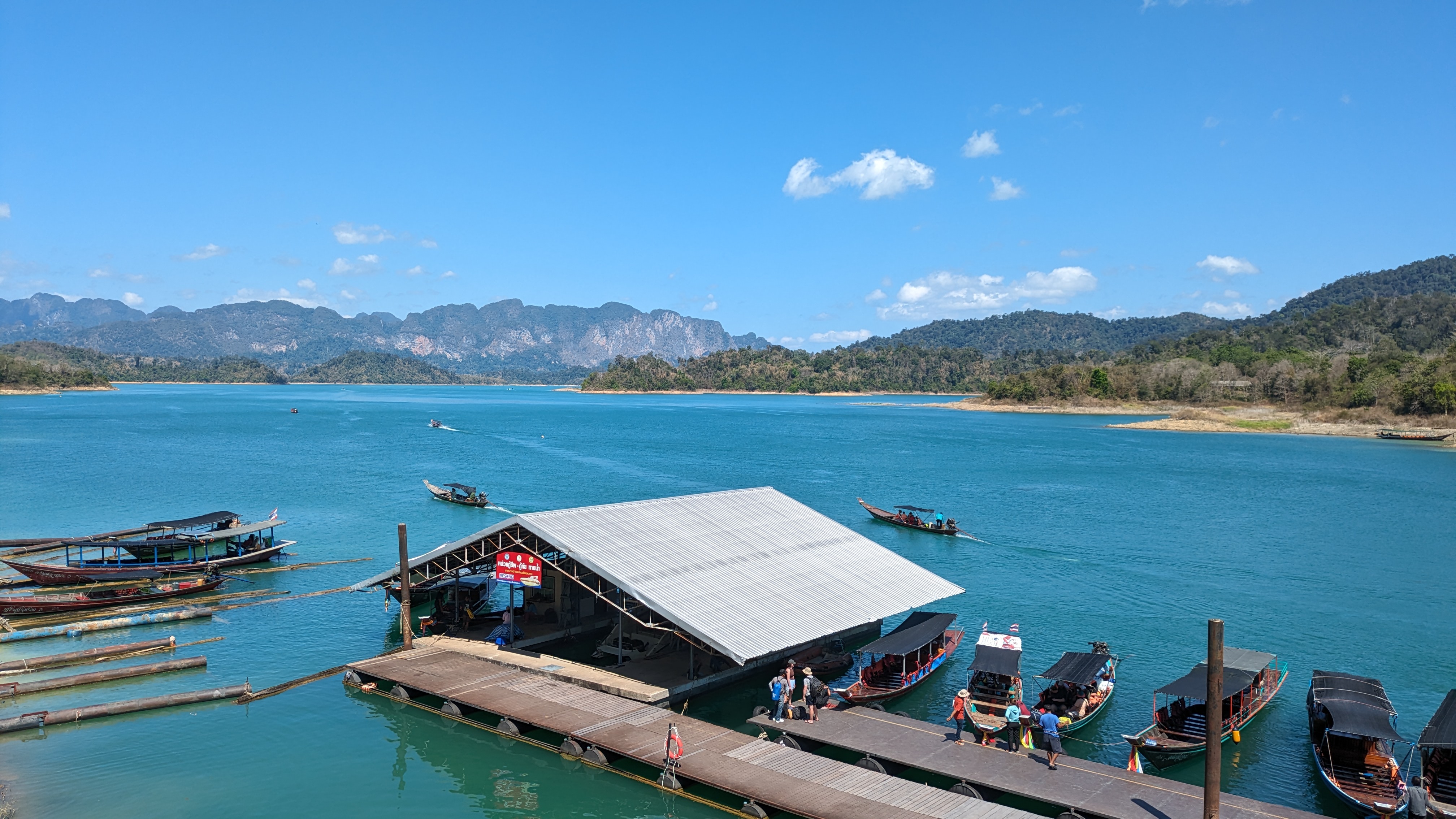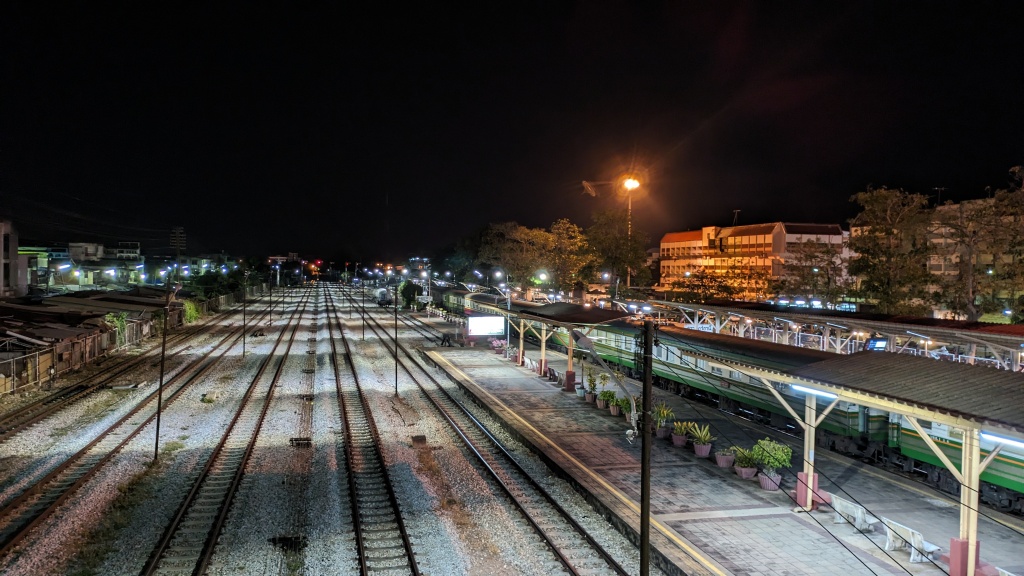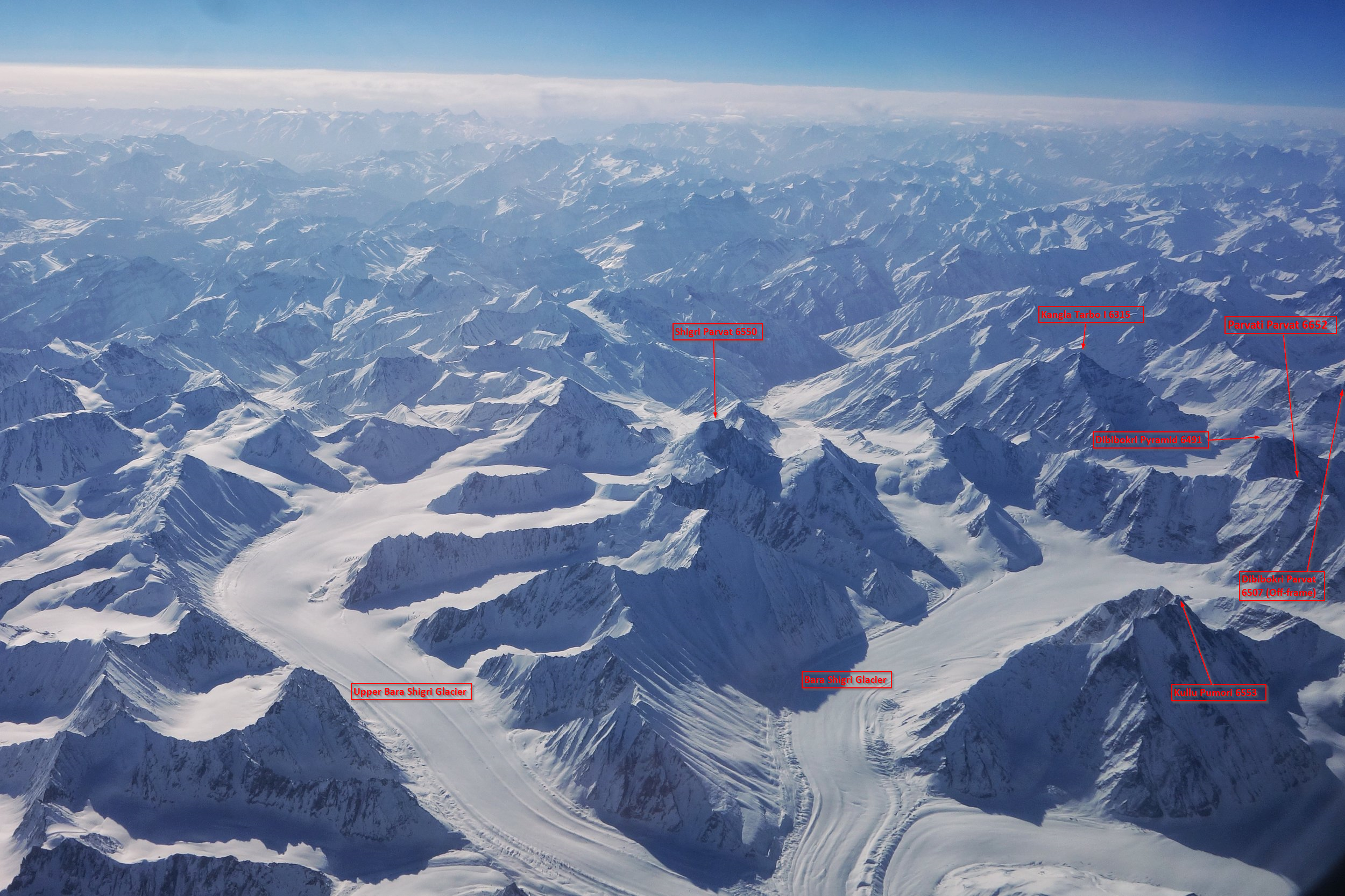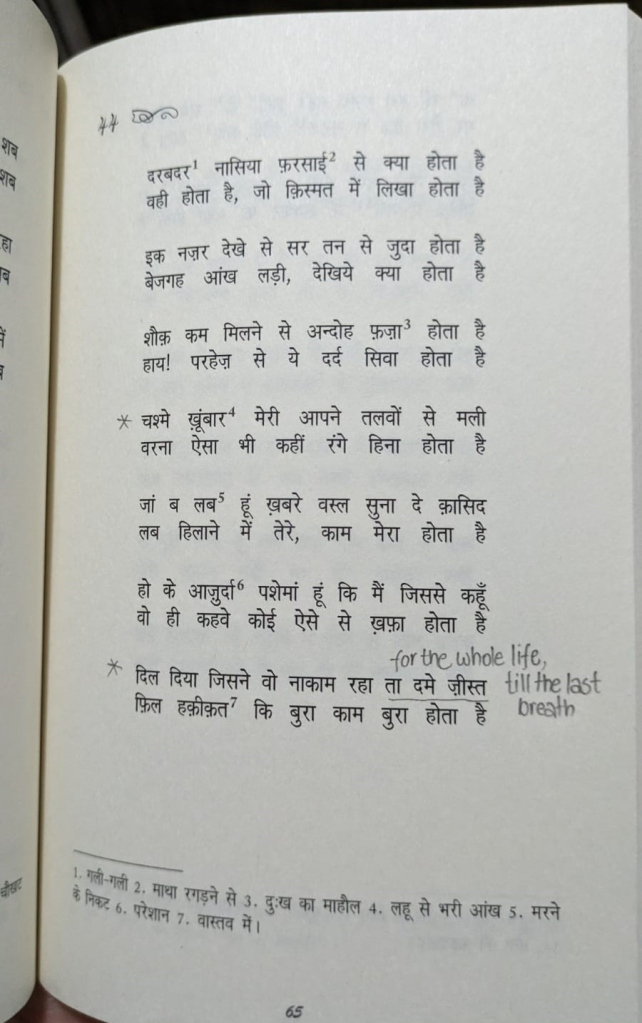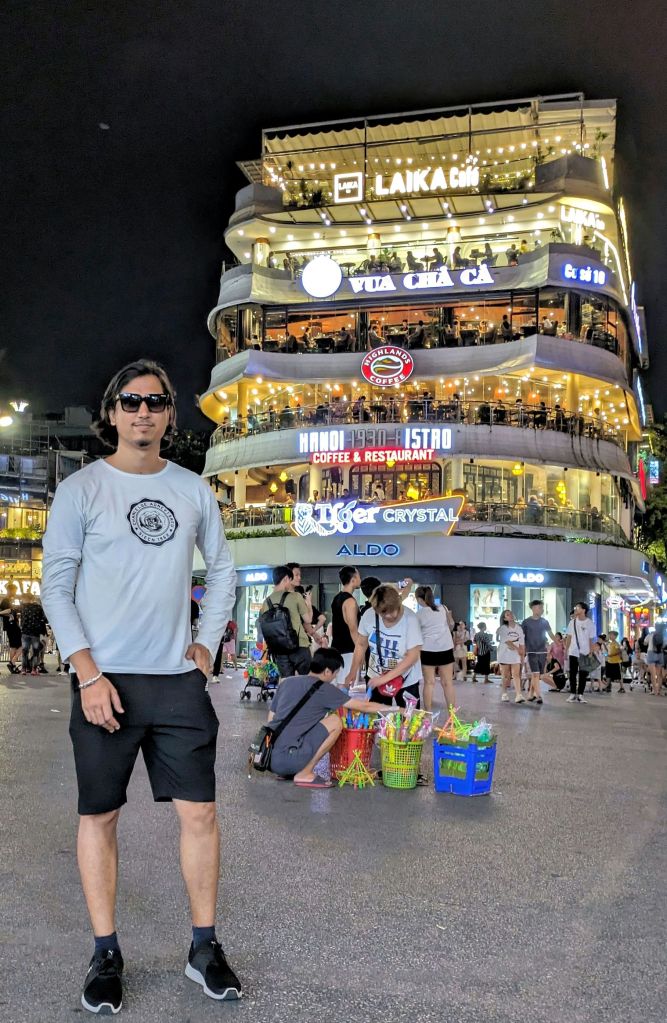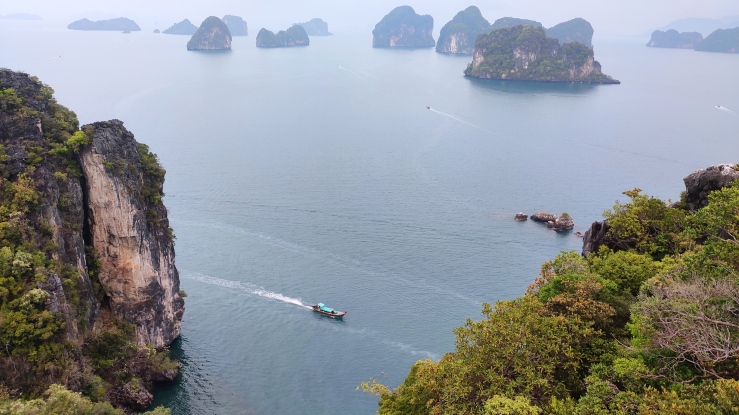In the world of youthful decadence, the only currency that matters is experience, and the bank is always open. The future stretches out as a vast, uncharted territory, while the present pulsates with an urgency to be seized. It is within this liminal space that the pursuit of experience transcends mere materialism. Here, the currency of life is not measured in coins, but in the richness of the lived moment. It can be said that the thrill of material possessions fades with time, while the enduring richness and meaningfulness of experiences continue to enrich our lives over the years. However, the pursuit of unbridled pleasure, a hallmark of hedonism, is inherently a flawed approach to happiness—a pipe dream.
As I confront the post-vacation blues, I turn to the digital pages to reflect on my recent adventure. Writing has always been my refuge, particularly as an INFP, aiding me in transitioning back to everyday life from an overwhelming experience. Through these written reflections, I experience tiny epiphanies that build my understanding of the intricacies of human interactions and motivations since intuition often overshadows my rationality.
The first escapade of this year, planned even before my winter trip home, was redolent of my journey to Krabi in February ’23. Though I took a week off to explore Thailand, a standard one-week itinerary doesn’t afford you the immersive cultural and geographical experience. Initially a solo safari, my plans took a welcome twist when KS decided to join me. Perhaps the prospect of boredom in Singapore spurred her on. Our itineraries mostly aligned, save for her excursion to Phi Phi Islands while I planned to venture into Khao Sok National Park.
On Saturday 23rd of March, I boarded a budget carrier with ample cash in my pocket, feeling like a seasoned backpacker. Landing in Phuket, I wasted no time diving into the bustling tourist spots along the west coast near Kata Beach. The oppressive heat of the tropics weighed heavily, but I found respite in a cosy hostel frequented by fellow travellers. Around this time of the year, heatwaves are making a strong presence, and these tropical latitudes make you feel drained after spending a day outdoors. Rushing, I went out to secure a day trip for the following day. It’s a little hard to get hold of a next-day trip this late since all the popular day trips to Phi Phi Island, Hong Island, and James Bond Island were done by me last year. I managed to get myself booked for Coral and Racha Islands. With plans in place, my thoughts turned to catching the sunset at the Kata beach. Leaving my belongings behind at the hotel, I headed out to the west coast, where you can see the sun being gobbled up by the vastness of the ocean. The rhythmic ebb and flow of the waves swinging people up and down was a thrill. It was quite a walk from the hotel to the beach and back in the sultry evening. After a satisfying dinner at an Indian restaurant, I retired to my accommodations, eagerly anticipating the adventures that awaited me.
At 8:45 am, I got picked up by the minivan to the Chalong pier in the east where a speedboat ferried us to a not-so-frequented tour of Racha island, guided by the affable Leo. Despite the scorching sun and choppy seas inducing a bout of seasickness, I savoured the vegetarian fare and the tranquil beauty of the island. Later, we made our way to Coral Beach, where the low tide in the evening made swimming a bit challenging amidst the growing crowd. Afterwards, I returned to Sleepy Station to collect my belongings and then hopped into an empty songthaew taxi bound for Heaven House, located near Patong Beach. Here, I reunited with KS, who had arrived in Phuket a few hours earlier in the day.
Later in the evening, we took a leisurely stroll along Patong Beach, soaking in the cool breeze of dusk. Booking was done for her excursion to Phi Phi, while I contemplated my next adventure to Khao Sok National Park. We had a sumptuous meal at Dilli 6 and headed down to the party street Bangla Road just to accompany KS to the popular Illuzion club where she wanted to spend the night partying. But it was closed and instead of me returning alone and the night still young, in one corner of the street we got ushered into the usual show where we spent two hours being feasted by the entertainers. Refusing the occasional favours accosted by the performers, I found myself likely the only sober individual in the vicinity, aside from perhaps the bouncers. I didn’t come for the show but wasn’t disappointed or disgusted in the least. We returned to the hotel after grabbing coconut ice cream on the way.
The next day began with a gentle farewell, emblematic of my reluctance to disturb someone’s slumber. I mentally rehearsed my goodbyes a dozen times before finding the words to speak. At Dolphin Circle, located at the north end of Patong Beach road, I boarded a public bus—a large songthaew resembling more of a truck with benches—to Phuket town. From there, a Grab ride whisked me to Bus Terminal 2, where I boarded a bus bound for Surat Thani at 11 am. Over the next four hours, the bus ride was punctuated by brief stops, including a short pause at Takua Pa. Crossing the majestic Sarasin bridge, spanning 660 meters over the narrow channel of the Andaman Sea, proved to be a memorable experience. The bridge’s history, intertwined with the tragic love story of a young couple who met their fate there, lent an air of poignancy to my passage.
Arriving in the afternoon, I alighted at Khao Sok Bus Stop and made my way to Grandma’s House, a small quaint hostel with just six beds and one other occupant in the room. The evening brought a taste of the famous Pad Thai dish, followed by dinner in the tranquil ambience of the dimly lit alleys branching off into the heart of the woods.
Come morning, saying bye to the fellow roommate was easier as she was already awake and ready for the day trip to Cheow Lan Lake with another agency, the Chillax Hostel. I set off on my own excursion to the same tranquil waters, booked through the same affiliated hotel, Tree Top. This sprawling 185 square kilometre lake, ensconced within the limestone cliffs of an expansive 739 square kilometre national park, offered a breathtaking vista of natural splendour. The lake is dammed at the eastern end of Rajjaprabha Dam which is also the main entrance to the lake. Our journey commenced with an exhilarating hour-long ride through the verdant jungle, traversing winding pathways until we arrived at the pier. With park entrance tickets secured and the scent of adventure beckoning, we hopped on a traditional wooden longtail boat, its weathered hull slicing through the crystalline waters. As the sun climbed higher in the sky, painting the tropical evergreen forest and lake with hues of amber and emerald, our vessel gracefully navigated the placid surface, ferrying us deeper into the heart of this natural wonder.
The day’s activities included a brief jungle hike, observation of stalagmites and stalactites in the dark Pra Kay Petch Cave, and a delightful lunch at a floating restaurant, complete with invigorating swims in freshwater and a quick solo kayak dash in the sweltering heat, only to return just in time at 3:30pm.
Upon my return to the hotel at 5:30 PM, I found that the public buses to Surat Thani, where I had a train to catch for Bangkok at 11 PM, had left for the day. The caretaker receptionist, displaying a kind gesture, arranged for me to be dropped off at the bus stop, where I found a taxi heading to Surat Thani Train Station. Turns out, this ride became one of the highlights of my trip. For nearly two hours, we traversed a highway cutting through the heart of the tropical jungle, conversing with the young driver in pidgin English who harboured aspirations of relocating to a larger city in Malaysia. Though the unlit roads occasionally evoked a sense of uncertainty around the bends, the journey remained remarkably smooth, culminating in our arrival at the station. After a brief dinner at the Ta Pi riverside restaurant, I awaited my train, which, true to form, was delayed by half an hour. However, stepping into the air-conditioned train car offered a welcomed respite. While the seats provided ample width, the perennial discomfort of being a little too tall for a proper stretch persisted.
On Wednesday, March 27th, at 10 AM, I arrived at the grandiose Bangkok Railway Station. Opting for public transportation, I boarded a bus bound for a hotel near Khaosan Road, on a rather quiet road. There’s an undeniable charm in navigating the city via public transit, affording glimpses into the lives of locals as they go about their daily routines. During one bus ride, I noticed an elderly bus driver enjoying the live action of Muay Thai, a form of Thai mixed martial arts, on his phone balanced atop the driving wheel while expertly manoeuvring the old vehicle. Civil workers can be seen wearing a rather uncomfortable yet impressive uniform in the ruthless climate.
Upon arriving at the hotel near the Democracy Monument, I found myself three hours ahead of the usual 2 pm check-in time. While waiting for KS to join me from her Phuket – Bangkok flight, a minor setback occurred – she wasn’t feeling well and had come down with regular flu-like symptoms, confining her to bed for the remainder of our trip. It seemed her body was feeling the aftermath of a night of partying, compounded by the heat of the previous day’s trip to Phi Phi Islands, and possibly the festivities of her Holi party right before the trip started. With concern for her well-being and hopes for a swift recovery, we decided to visit BKK Hospital for a checkup and to obtain the necessary medication, all after having some comforting Indian cuisine.
In the evening, I headed out to Wat Saket, a magnificent temple reminding me of Tibetan-style architecture, perched atop a hill. From the vantage point, I marvelled at the stunning 360-degree panoramic view of the city as the golden hues of sunset painted the sky. The gentle melody of chimes danced on the wind, enhancing the magical ambience of the moment. Eager for more exploration, I took a ferry ride from Panfa Leelard pier, intending to venture deeper into the city, but cautious of getting late, I alighted just two stops ahead before making my return. Along the way back, I indulged in a delightful sampling of Thai cuisine amidst the lively atmosphere of Khaosan Road, adding a flavorful note to the day.
Taking a leisurely pace the following day, I ambled my way to Wat Arun. Its towering spire and four surrounding smaller spires created a striking sight against the backdrop of the Chao Phraya River in the foreground. Crossing the river via ferry proved both swift and convenient, allowing people to seamlessly navigate between various landmarks. Later in the day, after checking on my companion’s condition back at the hotel, I strolled through the bustling malls along Rama I Road. After a few hours, I was joined by KS at the Platinum Fashion Mall, her shopping instincts undeterred even by illness. Our return to the hotel was marked by a fast and exhilarating tuk-tuk ride, adding an extra thrill to our day.
Following my itinerary, Friday morning saw us boarding a minivan from Eastern Bus Terminal bound for Pattaya, our destination was a sea-view studio hotel room. Situated a bit farther south from the buzzing city centre, our surroundings were serene, the nearby pubs either closed or hushed. Despite the distance, we embraced the tranquillity, opting for a more laid-back experience. I had a brisk walk to Ban Amphur beach to grab refreshments on the way. The captivating twilight of the sunset from the hotel window enticed KS to join me. Drifting off to sleep, I found comfort in the soothing melody of crashing waves. Typically, I am the one to retire early – go to bed with the chickens – and rise not too early but oddly enough, my sick travel companion outdid me in this slumber fest.
On Saturday, our last day in Thailand, I packed my only bag and after a brief morning walk on the jetty, we hailed a taxi to the airport bus stand. Sitting on the emergency exit seats on the plane we reminisced some moments of the journey. Upon landing, after seeing KS off to the taxi I took bus 36. A lot of places remain to be explored including a dinner cruise on Chao Phraya River that brings you past beautiful landmarks. Such trips invariably leave one yearning for more, a testament to the unyielding pull of wanderlust.
